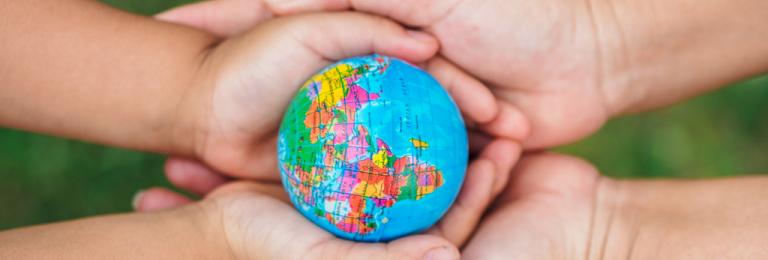Love the Earth: Eat Legumes
Earth Day falls on April 22nd each year and is a perfect time to celebrate the bounty the earth provides to us and how we must all do our part to keep it a healthy and thriving place for us to live for generations to come. See our post on Earth Day activities for ideas to bring this theme into the curriculum for 0 to 5 year olds. Below you’ll find ideas for eating well for the earth!
The best foods for the earth:
• Legumes and pulses (e.g. beans, peas and lentils) are the most sustainable and affordable protein on our planet. Legumes add nitrogen to the soil when they grow, making the earth healthier. Other farming can deplete the soil of nutrients which need to be added back in the form of fertilizer. Try making hummus or refried beans or simply snack on edamame (young soybeans). Green peas are also coming into season in the spring! Add them to pasta dishes, soups or simply pop them in your mouth one by one.
• Buckwheat is a grain-like seed that has been consumed for centuries and is especially prevalent in the Eastern European and Russian diet. It has a nutty flavour and can be consumed as a grain like rice or oats or ground into a flour and added to pancakes. It is a quick-growing cover crop that suppresses weeds and attracts beneficial insects like honey bees! Check out our post on pollinators to learn more about their importance to our food system and environment.
• Eat local and in season. The more we support our local food system, the stronger and more sustainable it can be, helping to ensure we have access to healthy fresh food for generations to come. . Small scale farmers tend to produce a greater variety of foods and use more sustainable farming practices that have fewer negative impacts on the environment. Depending on the spring weather in BC, foods that are starting to grow in our climate are spinach and rhubarb. Other storage crops might also still be local like apples, carrots and onions. Don’t forget about what grows naturally on our lands, in our forests and seas—stinging nettles, dandelions and many seaweeds may be harvested and eaten in the spring. Check with an expert before picking anything wild!
